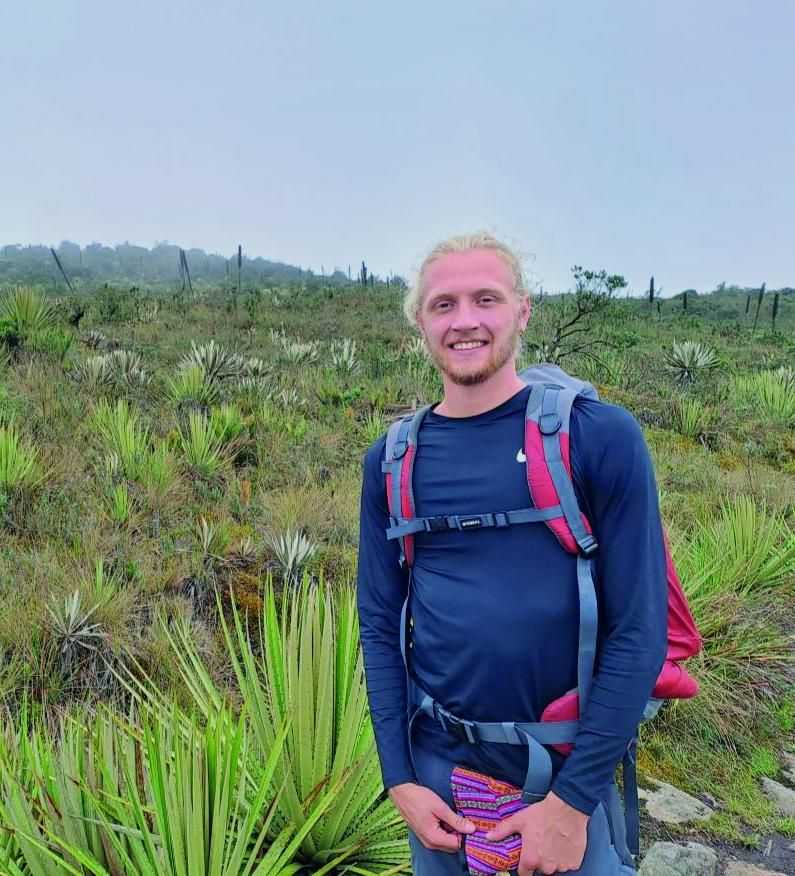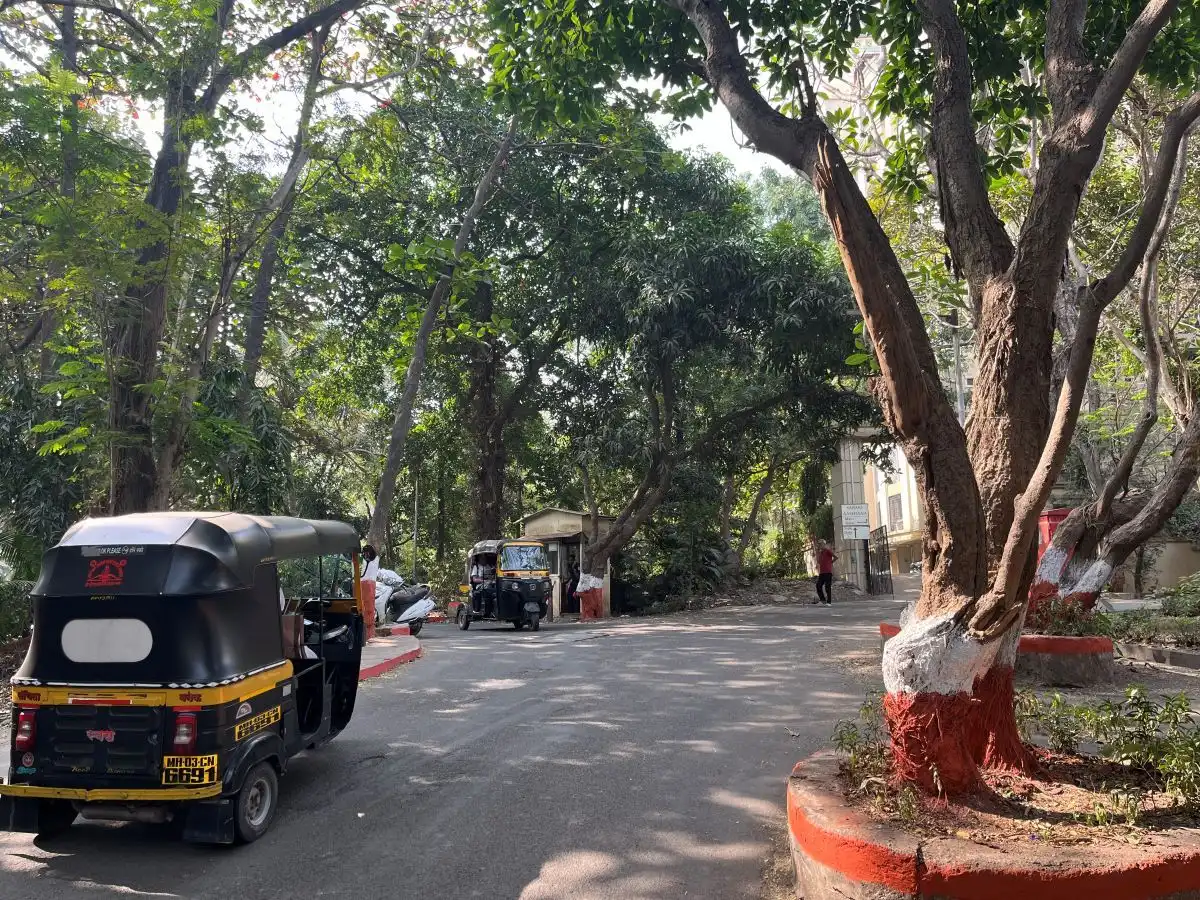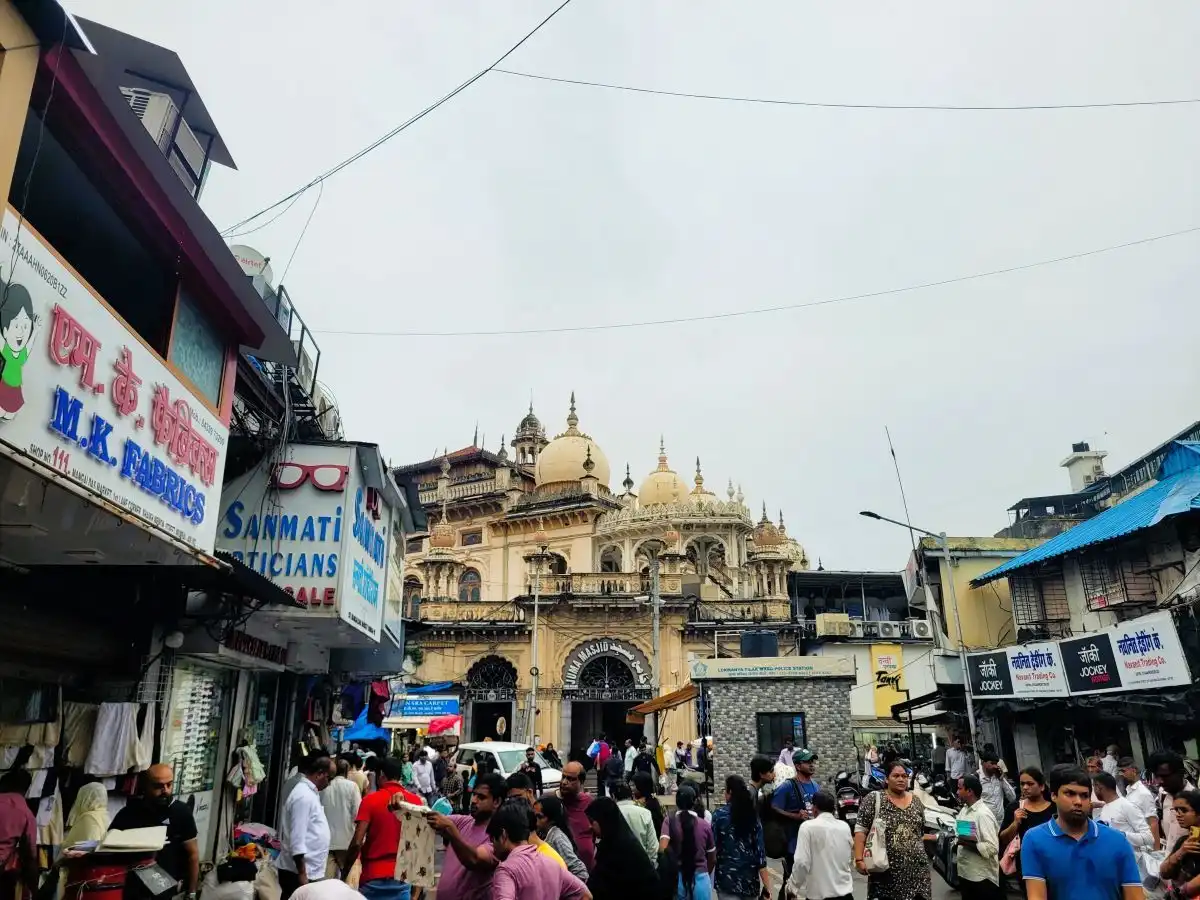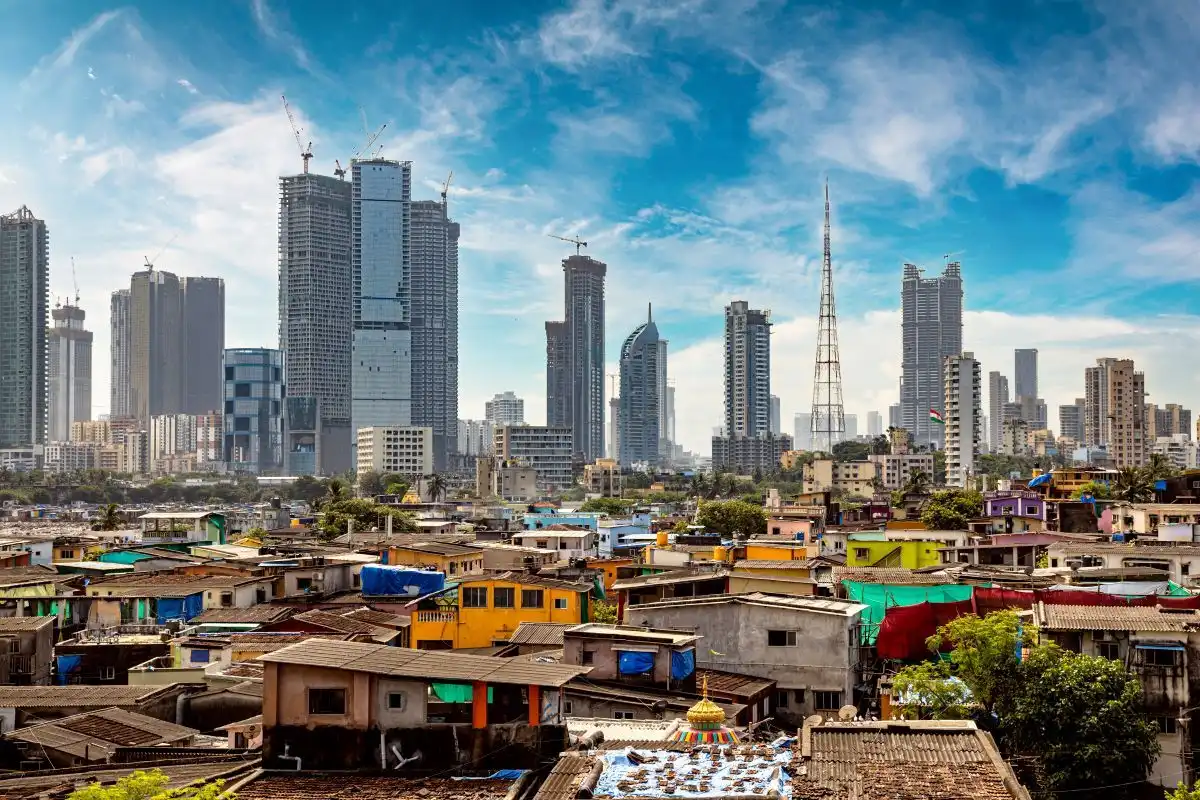Home>A Year in Mumbai: Nils Lagrève’s Experience in the Global Urban Development Dual Degree

19.11.2025
A Year in Mumbai: Nils Lagrève’s Experience in the Global Urban Development Dual Degree
Nils Lagrève is in his second year of the dual degree programme in Global Urban Development between Sciences Po's Urban School and the Tata Institute of Social Sciences (TISS) in Mumbai, India. Having spent several months immersed in the academic and urban life of one of India's most dynamic cities, he shares the highlights of his experience with us.
How would you describe the atmosphere and life on the TISS campus?
First the campus is very green: trees, plants, birds, monkeys, dogs and cats thrive along with the students, faculties and staff. This is worth mentioning as it really feels like a bubble of quietness, nature and comfort within a buzzling and sometimes overwhelming urban environment. The campus is a great environment for studying, but also for living. I live in one of the numerous student hostels here and I feel very happy with it. I don’t have to commute, neither to go to class nor to eat as there are a dining hall of the university and another small student restaurant on campus. Students, professors and staff are very friendly and always keen on helping, translating, and socializing. There is a lively student community, although organisations and festivities that are not in line with the Hindu nationalist agenda of the government tend to be prohibited and repressed.

What are your favourite courses this year?
In general, all classes were insightful and relevant. The two most interesting classes were definitely Planning the Indian City and Urbanisation and the City in India. The first one starts by providing a critical colonial and post-colonial history of planning in India before delving into four main trajectories of planning: informality, mega-projects, hybrid governance and resistances. These trajectories are used as entries to critically analyse the challenges of contemporary planning and the failure of planning and urban governance in providing services and coping with structural inequalities and marginalisation. The second course essentially looks at what constitutes the urban in India. It starts with providing a necessary political, economic and institutional introduction. Then, the urban is explored by adopting different lenses like caste, indigeneity, gender, migration or friendship. This course is particularly relevant for foreign students, although Indians might also have a lot to learn from it. Both classes pushed me to not only read and listen, but also to actively think and reflect about what I was learning. Additionally, the professors base their teaching on a wide range of field visits everywhere in the city, which is a great way to discover Mumbai.
What were your first impressions of Mumbai?
My first impressions of Mumbai were twofold. One part of me felt excitement, curiosity and an immense energy to discover and experience Mumbai’s very diverse urban landscapes. Another part felt a bit of apprehension and caution regarding the number of things I was seeing and could not yet understand fully. Both constituted an urge to learn more, to discuss and to read to better grasp the new environment I was living in.

What strikes you most about urban life in Mumbai?
Being myself a foreigner to India, many things were new for me, but I did not find it difficult to adapt. Living on the campus is a privilege as it provides a relief from the energy intense urban life. I would say that the most striking thing is the density and diversity of people everywhere in the city. Mumbai is dense, Mumbai never sleeps, and Mumbai is constituted of very diverse and unequal urban fabric. Also, this city grows and you can feel it. Real estate is thriving, cranes and half-built high-rises now dominate the skyline, casting shadows that do little to conceal the informal settlements squeezed by corporate interests and corrupt politicians. In the streets, pedestrians try to walk their way through the dense traffic and street vendors sell you the best chai and vada pav you ever had. On top of all that, to the East of Mumbai, reachable with the local trains are the Western Ghats, amazing mountains and forests that provide you a relief from the city.

What would you recommend to a future student arriving in Mumbai?
My recommendations are simple, the best way to experience a city is to walk, no matter if it is ‘walkable’ or not. Studying in TISS is great because it provides a specific perspective from Mumbai. It is located in the M-Ward, one of the poorest areas of the city, walking there is very different from walking in Colaba, Chowpatty or Bandra (richer parts of Mumbai). Walking makes you feel these differences. You will read a lot for your classes, but walking often makes you understand what you read. Obviously, if you feel comfortable, do engage with people, who will also often come to you, especially if you are a foreigner (and knowing Hindi, Marathi, Urdu or any other Indian language helps!).
What are you learning here that you would not see elsewhere?
Studying in the School of Habitat Studies in TISS provides a non-Western centred education on the urban phenomena. The courses are based on the Indian urban experience, which is great as it provides an in-depth account on the plural Indian context. Moreover, this emphasis on India is very valuable to understand processes at play in many other post-colonial contexts like East and South-East Asia, Africa and Latin America. However, many conceptual frameworks like the study of the stark impacts India’s economic liberalisation can also be used to understand the consequences of neoliberalism in North America and Europe.
Information Sessions: Masters

Find out more about the Masters programs and the wide choice of specialisations offered by the 8 Schools of Sciences Po during our webinars dedicated to applicants.